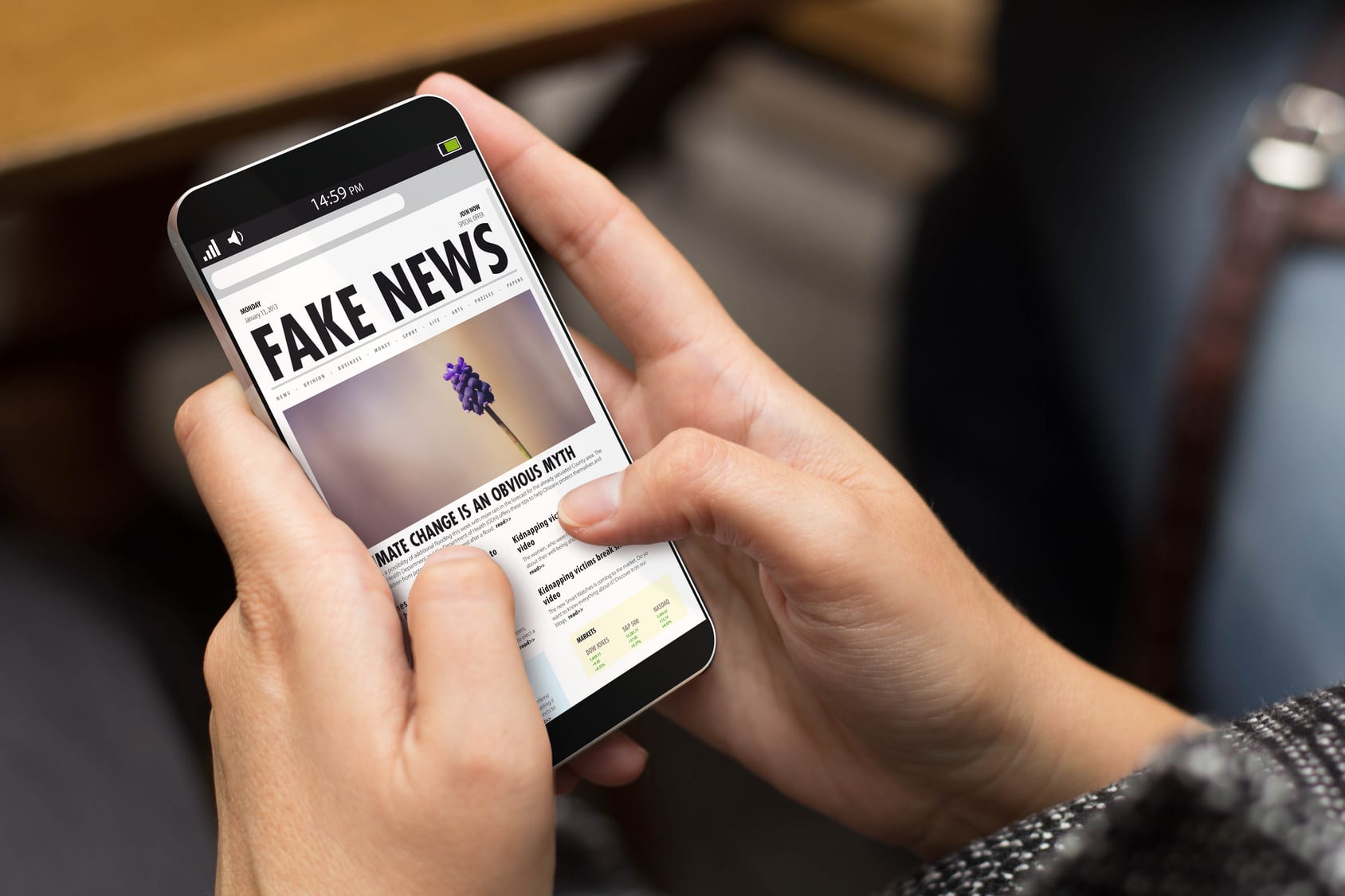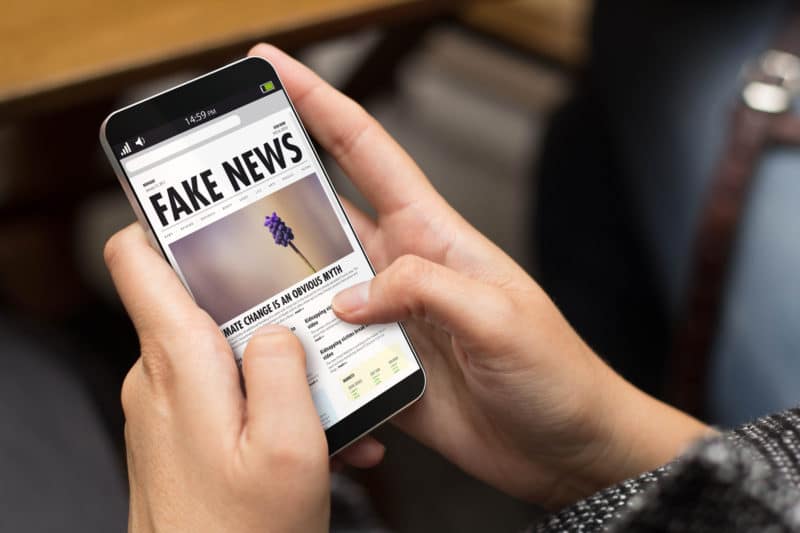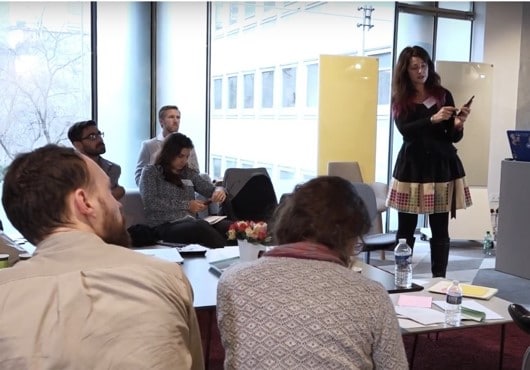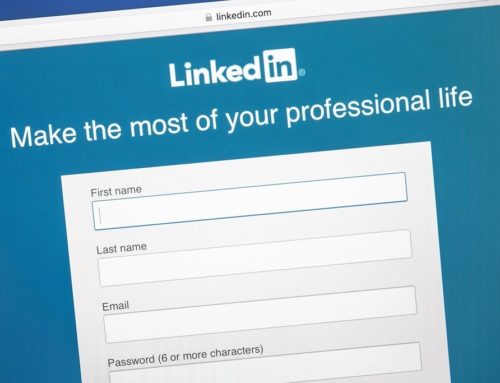5 communication tips
inspired by fake news
Fake news is everywhere! In 2018, we cannot seem to escape it. At Agent Majeur, we have decided to take a different approach and consider what we can learn from such a frightening yet admittedly successful phenomenon…

Take a deep breath before you read. Inhale. Exhale. When you’re calm and ready, just sit for a second and think about the term “fake news”. Fake. News. What imagery does it evoke in your mind? Flashes of Donald Trump, his hair blowing in the wind? Mark Zuckerberg sat in a court room defending his social media giant? Physical sensations of anxiety over not trusting anything you read any more?
Whatever it evokes, it’s probably not happy thoughts. You’re not alone, a survey carried out this year calculated that 80% of Europeans believe that fake news is a risk for our democracy. Nonetheless, there is one thing that’s certain: fake news grabs people’s attention. At Agent Majeur we like to look at things on the bright side. We have decided to take the phenomenon as a learning process and analyse how we can apply the techniques used in fake news to more respectable communication projects. Here are our top five tips that you can apply to bear in mind when preparing your own communication campaigns.
New news travels further
As of this year, we now have scientific proof that fake news steals the limelight over real news any day of the week. A study carried out at MIT and published in the journal Science showed that, on Twitter, fake news is not only re-tweeted more than non-fake news, but it also travels further across the world.
Their explanation? The authors concluded that information which feels more “new” is more likely to be shared. Since fake news isn’t real, it feels newer and so Twitter bugs can’t seem to help their clicking fingers snapping the re-tweet button. But how about actually spending time producing original, non-fake content? It may take a little more energy but the newer or more unique your story is, the more likely it will be shared.
A good lie is based on truth
Communicators dream of creating a web campaign that goes viral. Some companies have now started exploiting the fake news phenomenon to get important messages out to the masses in a viral way. To do this they rely on at least some truth. Last year WWF posted a fake video on social media of penguins living on an island made entirely of plastic waste. It was a plan born out of noble intentions to raise awareness around the impact of plastic on the world’s oceans.
By using true information, such as the concentration of waste in the Pacific, WWF succeeded in creating a buzz on social media, despite the date of publication being April 1st. Their technique was lie first, explain later. Of course, WWF owned up to what they had done very shortly afterwards but spring-boarded from the social media buzz to talk about the important message behind their deception. But still, it remains questionable whether doing a bad thing for a good reason is a good thing at all in terms of image and backlash for the association.
Titles and thumbnails are everything…
Guidelines for detecting fake news often refer to the title and the thumbnail of an article. Clickbait sites often use the thumbnails of particular celebrities or an unusual event accompanied with an overly-intriguing headline like “OMG! You’ll never believe what he does next…”. No matter how cautious you are, it can still be hard to resist the click. If curiosity does get the best of you, you’ll no doubt find that neither the title nor the thumbnail has much relevance whatsoever to the content.
Fake news distributors don’t really care about your satisfaction, though. Once you’ve clicked on the page they will cashing in advertising money or “views” (if it’s a video piece) regardless of whether you enjoyed the article or not. However, this does highlight the importance of the title and thumbnail you choose for your articles. Last year a clickbait fake news story littered the internet about the medical benefits of putting an onion on the sole of your foot. Medical professionals argue that its not true, but this didn’t stop web users clicking on the thumbnails of onions in socks and equally intriguing headlines.
Social networks like Facebook are apparently working to reduce the amount of “clickbait” but as a rule of thumb, if it sounds too juicy to be true, it probably is. Although, that doesn’t mean you can’t learn from this for your own communication projects. Why not spend a little bit longer thinking about a compelling title and the most appropriate yet enticing thumbnail image for your article? Without misleading your clickers, of course!
Its all about the emotion…
Fake news has been criticised for appealing too much to emotions, namely anger and anxiety. These emotions appeal to belief systems and so fake news of this type is considered especially important in political contexts. A study published in the journal of communication found articles that evoke feelings of anger or anxiety can affect whether a person is likely to believe misinformation or not.
In 2017, a fake news story was circulating the web about the online channel, Netflix. Like most online outlets, Netflix collects data on its users viewing habits, but they apparently contacted one depressed individual who had watched 188 episodes of The Office in the same week. In an RGPD world where internet users are equally as anxious about their data as they are about fake news, this sparked anger that a company would cross the line in identifying a specific person based on information they had been collecting.
Emotional tools aren’t anything new. Communication of any sort will always benefit from an emotional touch. Just look at the nearest TED talk as proof or read some of the best speeches by Martin Luther King or Winston Churchill. People often aim for the “humour” card but it is equally as valid to use different emotions to stand out from the crowd; sadness, excitement, sympathy, serenity, shock, disgust, surprise… Try thinking about the emotion that best fits the tone of your topic and knit it in.
Successful campaigns take time and money…
Communication takes time and, often, cash. Quite simply, there are millions of brands and people trying to get noticed across the world, especially on the web. So, communication campaigns require thought, strategy and energy to make the biggest impact. Fake news campaigns are no different and apparently, they don’t come cheap either. A report from 2017 suggested that a year-long campaign can cost up to $400,000 (340,000€).
If you don’t want to be disappointed, it’s worth putting in the time and effort necessary for success. This will no doubt incur some cost, even if it’s just personnel hours. But, to ensure that your efforts and potential cost are worthwhile, you should be sure about what it is you are communicating, why you are communicating it and a strategy for the best way to get your message out to the world.
There are tonnes of lessons to be learned to improve communication skills and its worth bearing them in mind to stay ahead of the game. But be aware! Scientists need to be careful not to move over to the dark side of the news. Nonetheless, it’s possible to take inspiration from fake news to spread their message far and wide.
> Media
05/07/2018








